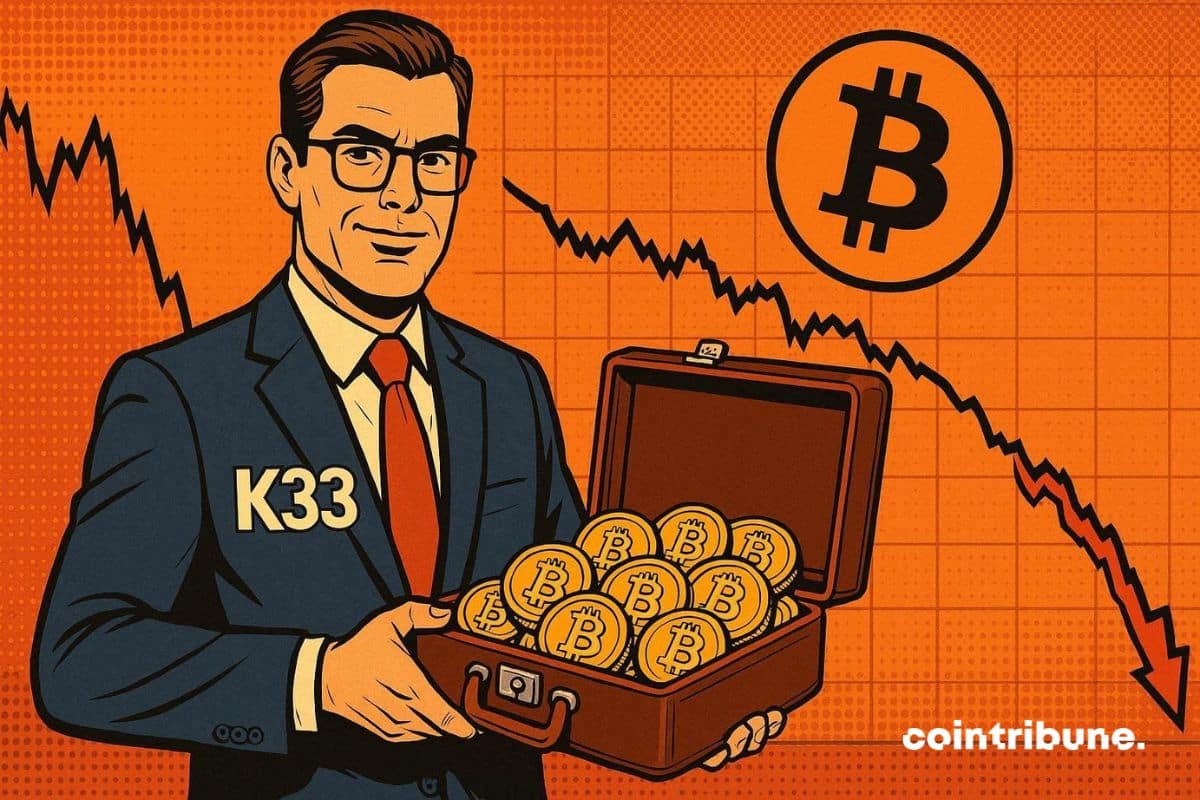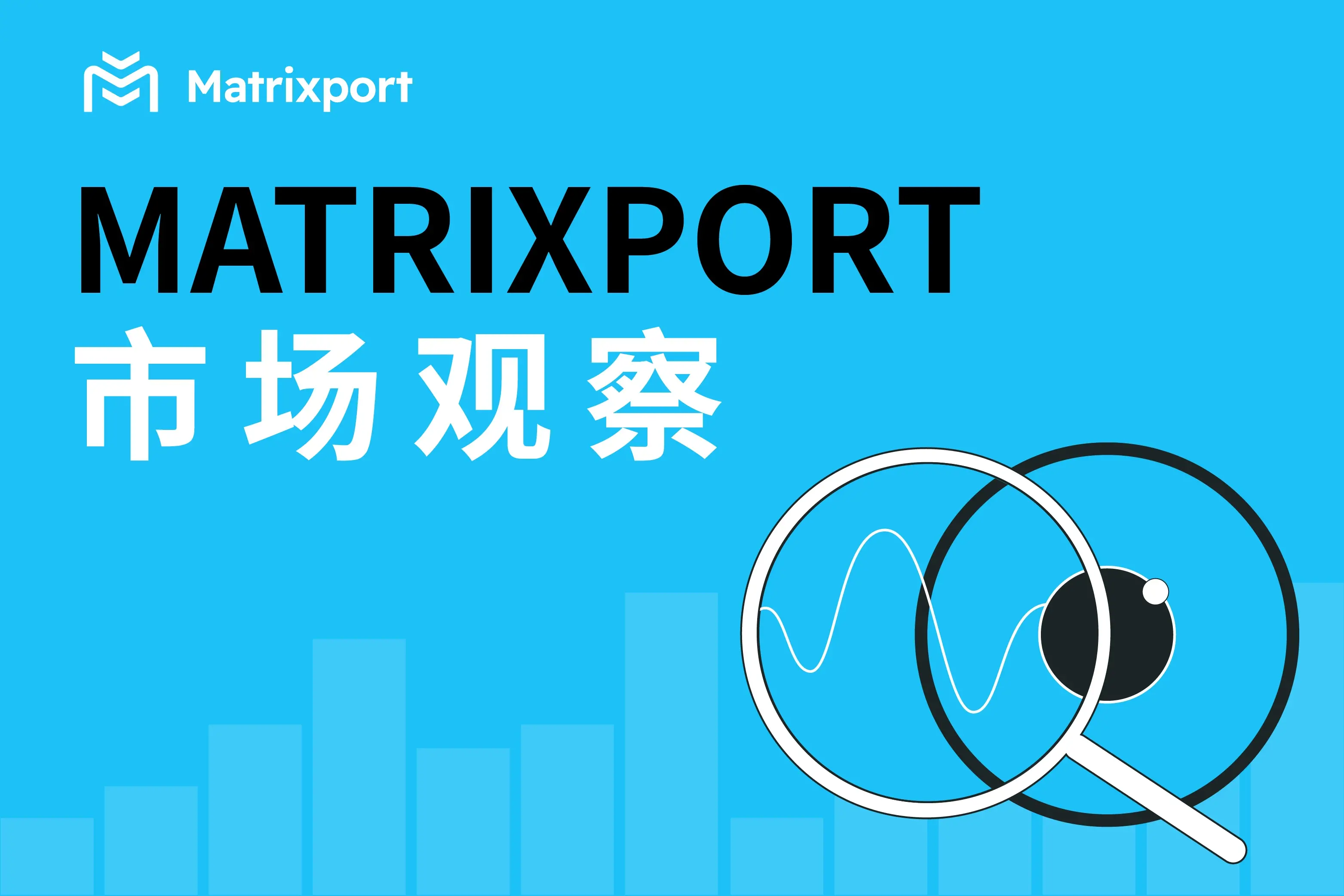Here’s how ‘Nasdaq bubble burst’ will ‘crater Bitcoin’
Economist Henrik Zeberg has warned that Bitcoin (BTC) is far from being a unique safe haven, instead describing it as a highly risk-prone asset that mirrors the performance of the Nasdaq.
According to Zeberg, both markets are closely interconnected due to their ties to the technology sector, he said in an X post on August 9.
His analysis, supported by historical price movements, shows Bitcoin and the Nasdaq rising and falling in near-perfect sync in recent years.
“BTC is not a “special asset”. It is a Risk Asset. In fact, a highly Risk-prone asset. <…> TechBubble2 is developing. BTC is part of that. <…> A crash in Nasdaq as the bubble bursts, will crater BTC,” he said.
This correlation, he noted, is no coincidence, as investor sentiment toward high-growth technology stocks also applies to Bitcoin. The cryptocurrency thrives in risk-on environments but struggles during risk-off periods.
Second technology bubble
The current backdrop, Zeberg warned, points to the emergence of what he calls the “Tech Bubble 2.” A chart accompanying his post shows the Nasdaq’s surge to record highs alongside Bitcoin’s recovery, with the U.S. market capitalization-to-GDP ratio at 226%, far above the long-term average and even exceeding levels before the 2007–2008 financial crisis.
Notably, Zeberg observed that even if the Nasdaq were to fall back to its 2022 levels, the market cap-to-GDP ratio would still stand higher than at the peak of the last major bubble.
He believes the top of the current bubble will likely align with the onset of a recession, triggering a sharp and rapid downturn in the Nasdaq and, by extension, Bitcoin.
In short, Zeberg cautioned that investors swept up in the euphoria surrounding both tech stocks and Bitcoin risk severe losses when the bubble bursts.
His warning comes at a time when both Bitcoin and equities are trading at fresh highs, with the digital currency extending multiple sessions above the crucial $110,000 support zone. As of press time, the maiden digital currency was trading at $116,622, up almost 4% on the weekly chart.
Featured image via Shutterstock
Disclaimer: The content of this article solely reflects the author's opinion and does not represent the platform in any capacity. This article is not intended to serve as a reference for making investment decisions.
You may also like
JPMorgan bets on high gains with its new Bitcoin product

Bitcoin: A Relative Buying Opportunity Despite the Panic, According to k33

The "Bankruptcy" of Metcalfe's Law: Why Are Cryptocurrencies Overvalued?
Currently, the pricing of crypto assets is largely based on network effects that have yet to materialize, with valuations clearly outpacing actual usage, retention, and fee capture capabilities.

